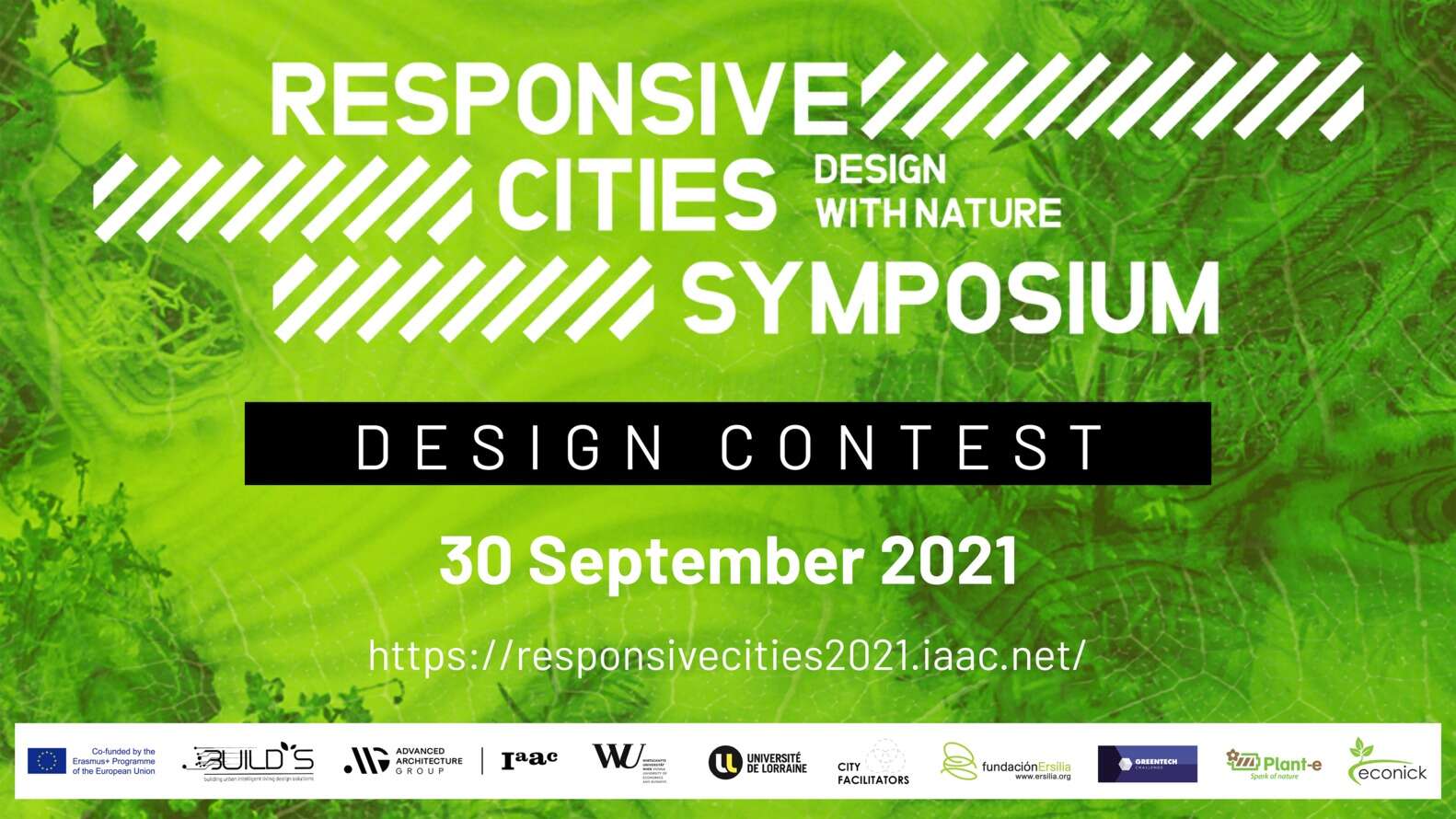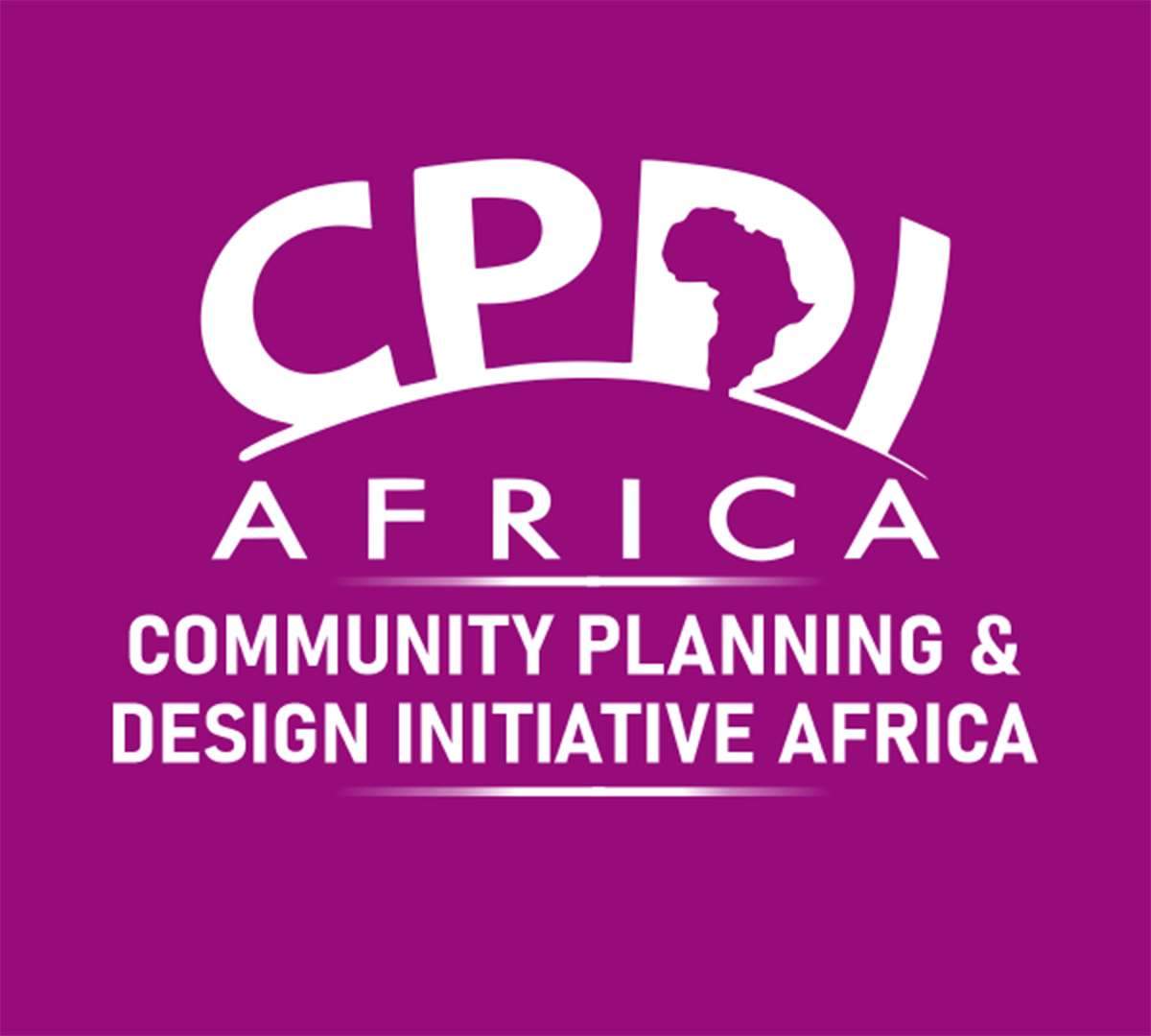Annual NASA Design Competition
“Reduce, Reuse, Recycle” – we have heard this a million times! For more than fifty years it has been the essence of our understanding of the actions required for changing to a more sustainable lifestyle. We seek a model of modern human existence that will preserve the gifts of nature, our ecology, and our environment for future generations, giving back what we take away.
Ironically, in recent times we seem to have progressed in exactly the opposite direction: we are producing more, using inefficiently, and recycling very little. This is true of architecture as much as in any other realm. Our craze for creating new buildings out of new materials is at its peak. As almost all our building materials are extracted from the ground by brutal methods this means more and more cruelty to planet earth.
While this trend seems unstoppable, there are also growing mountains of waste everywhere. Materials that have been extracted from the earth and processed into products are used and carelessly thrown away as soon as the immediate purpose is served. They have a very short useful life after extraction whereas it took millions of years to produce them by nature.
We know all this very well but what have we done about it? We have slowly started to understand these extreme contradictions. Also, We are seriously experimenting to switch over from fossil fuels to renewable energy sources. “No single-use plastics” has been popularized. Recycling of wastewater is now mandatory for all public buildings. But what about the buildings themselves? Are we considering a change in the way we build? A way in which we eventually extract less new material and re-use the already extracted, processed, used, and discarded material?
This idea has not yet got a place in the public mind.
Building with used material is considered inferior to building with new material, even unhealthy and inauspicious. History, of course, shows that this was a very popular and practical method whereby serviceable elements of ruined buildings were freely used for new ones.
So, who will take the lead in raising public awareness about this issue? The 66th ANDC calls upon the young creative enthusiasts to take come to the front. The challenge is to demonstrate the immense possibilities of creating new, exciting spaces with pre-used, discarded, or waste materials. The difference is to do this not just by words or pictures but by action. What is conceptualized has to be physically built so that people can see it, use it, and feel it. The experience should help them re-think their aversion to reusing old materials. It is time to step up the game and walk the talk.
In keeping with the spirit of the theme – Assemblage – this competition aims for diversity and inclusivity like never before. Through this edition, NASA makes a long-term commitment to create a test bed for acculturating a broad spectrum of innovative ideas from ignited minds. Going forward, these can be taken up by academia and industry as references to foster further research on sustainable alternatives for how we build in the future.
The competition project envisages designing and building a pavilion, either fully or partially enclosed, with functional internal space for specific purposes. Speaking for itself through its materials and methods of construction, it should serve as a showcase for “Reduce, Reuse, Recycle”.
OBJECTIVE
a. to create an architectural design that showcases the potential of utilizing pre-used, discarded, or waste material in a new building
b. to raise public awareness about building sustainably through functional efficacy, resource frugality, and sensory appeal of the design.
c. to demonstrate the above attributes through an actually built example that can be used, experienced, and emotionally engaged with by the common public.
PROGRAMME
The design should meet the following requirements:
a. Accommodation
i. It should be a single enclosed space, with a covered roof, for the use of a group of persons, at least 6 in number.
Persons may be of any gender, age, or social background.
Group means a set of individuals interested in a common activity at a given time, jointly or separately. The group should be clearly described.
ii. The space may be configured for any particular activity at one time or for multiple activities at different times.
iii. Activities may be formal or informal, pre-planned or spontaneous, fixed or variable. The choice needs to be clearly described.
b. Site and Location
i. Site should be chosen keeping in mind the appropriateness of location for the target group activity.
ii. It should have easy accessibility for the target group.
iii. Visibility for people outside the target group for invoking curiosity.
iv. The site should be such that permission to build is not required or possible to obtain within the competition timeline.
c. Structure and Construction
i. The structure may be temporary or permanent.
Temporary structures should be designed to stay for 12 months, i.e. one complete cycle of seasons.
The design should enable dismantling with minimum generation of waste.
ii. Construction should be substantially of pre-used, discarded, or waste materials which may be from buildings or from any other sources.
Materials should not be hazardous.
iii. New material, where essentially required, may be used to a maximum of 25% of the total volume of building materials used.
iv. Materials used should be procurable at zero cost or the minimum possible cost.
v. Method of construction should use processes and skills which are readily available locally.
vi. It should meet standards of fire and life safety as per the NBC, for the relevant class of building and type of construction
ELIGIBILITY
a. This competition is open to “ALL” the students across the globe,
i. across disciplines, including Architecture, Planning, Design, Arts, Humanities, Science, Technology, Engineering, Management, Medicine or any other
ii. across all levels, undergraduate, postgraduate, or higher
iii. from India or from any other country
b. Students shall participate as teams of at least five (5) members. There is no maximum limit.
c. A team can comprise members from different disciplines and different colleges, without any restriction.
d. Team members shall submit bona fide certified by their respective heads of the institutions.
JURY CRITERIA
The designs will be judged on the following parameters:
a. Immediacy of the need satisfied, or the gap filled.
b. Emotional appeal of the design as a model of sustainable building.
c. Extent and quality of engagement of the target group with built design.
d. Extent and quality of engagement of the target group or persons outside the target group in the building’s design and construction
e. Extent of use of pre-used, discarded, or waste materials
f. Actual cost of the construction including all materials, labor, tools, and plant (equipment) but not including any pre-construction or post-construction expenses.
g. Index of the cost compared to the cost of the same built-up area of conventional construction as per the prevailing Plinth Area Rate of the location.
SUBMISSION REQUIREMENTS
a. One video film recording the entire process of construction and occupancy of the project – duration 5 minutes.
i. Video should not reveal the identity of the college or Z-id at any point.
ii. It should have the NASA India logo along with the 66th-year theme logo and entry code in the beginning. (Template along with a reference video link attached below)
iii. It should be uploaded on YouTube as an unlisted video and the link would have to be submitted in 16:9 ratio
b. A4 size Report presenting the design as drawings supported by text and graphics
i. It should contain a legitimate costing table along with the fundraising/collecting process.
c. 2 A1 size sheets
REGISTRATIONS GUIDELINES
a. Per college associated with NASA India, one entry would be allotted without any registration fees whereas for the registration of an extra entry as well as the registration from colleges non-associated with NASA India, students of M.Arch/ allied fields/ international colleges, or any other students would be accepted with registration fees of 1,000 INR.
b. All the registrations would be taken through Google Forms. (The link is attached below)
PRIZE MONEY
Prize money of 3.5 Lakh INR is allotted out of which two citations would get 1 Lakh INR each whereas three special mentions would get 50 Thousand each.
IMPORTANT DATES
Release of Brief: 5th August 2023, Saturday
Registration Deadline: 30th August 2023, Wednesday, 1800 hrs IST
Queries Deadline: 20th August 2023, Sunday, 1800 hrs IST
Submission Deadline: 30th September 2023, Saturday,1800 hrs IST
GENERAL SUBMISSION GUIDELINES
- All text should be in English.
- The format of the sheets should clearly mention the name of the trophy followed by the year i.e., “ANDC Trophy 2023-24”
- The format of the sheet should contain a square box of 25mm*25mm at the bottom righthand corner, next to the NASA INDIA logo which should have the unique registration number allotted to the participants after registrations.
- A 10MM White margin is to be left on all sides of A1 sheets.
- The soft copy file of the sheets should not be corrupted incomplete or in low resolution.
- It is mandatory to produce the original copy of the Authentication Letter for each entry (entry code should be mentioned) with the name of the participant(s) and stating the unit will abide by whatever may be the final results and also agree that this entry is a property of both the institute and NASA India.
- The Authentication Letter should be signed by the HOD/Principal/Director and must be on the letterhead of the college.
- It is mandatory for the colleges to produce the original copy of the Declaration Letter for each entry (entry code should be mentioned) signed by the participants stating the work submitted is genuine and they have endorsed copy-rights for the same and to adhere to all the rules and regulations, jury process, and the results.
- The working files in editable formats of the Shortlisted Entries should be submitted to the Council
• Shortlisted Entries with manual hand-done sheets should submit high-quality scans (min. 300*300 dpi)
along with the content in a Word document of the shortlisted entries should be submitted to the
Council.
• Any misconduct such as exposing identity through college name/ stamp participant(s) name
CHECKLIST FOR SUBMISSION
1. Online Submission of YouTube Video link, 2 A1 Sheets, A4 size Report
2. Original Copy of Authentication Letter
3. Original Copy of Declaration Letter
4. Editable Format of the Sheets (Applicable if shortlisted)
Download the information related to this competition here.
Read more on Archup:
2023 Іnternational Architecture Competition | Reinterpreting the Space
Alabama hotel by Avenir Creative occupies three historic buildings







